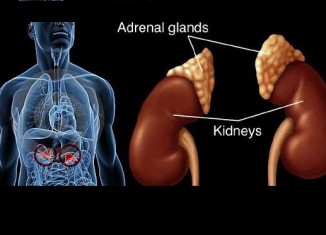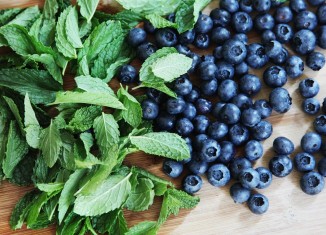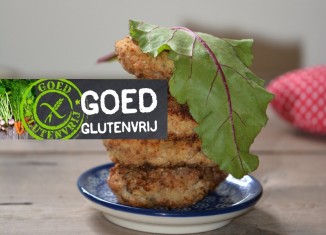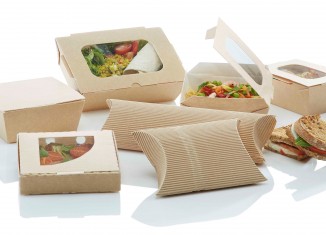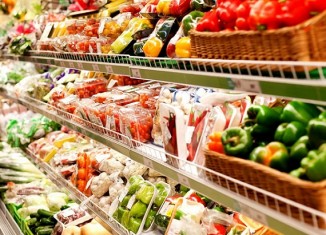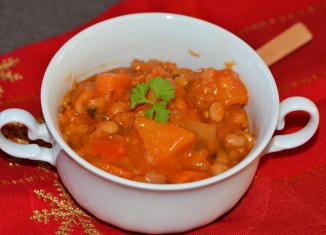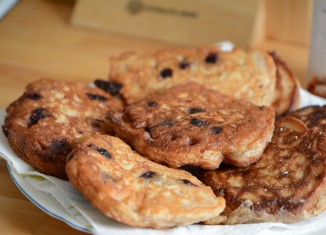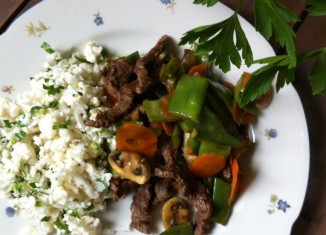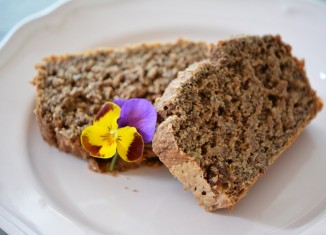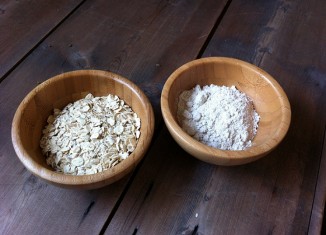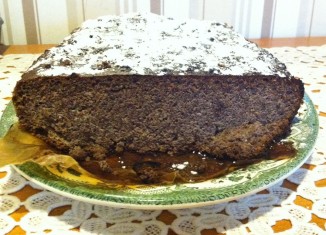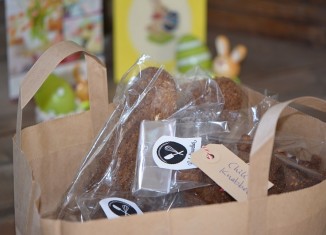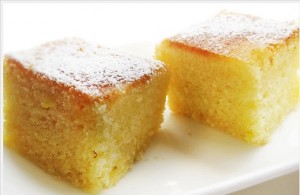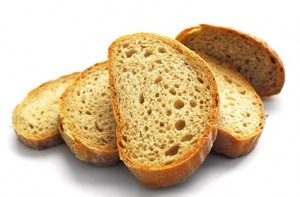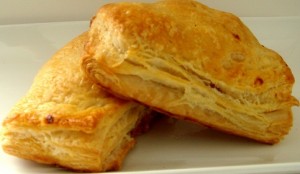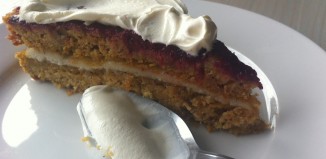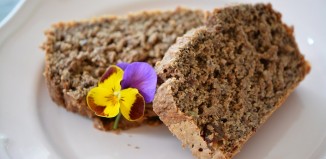When I look back at times when I could use wheat flour, oh boy was the baking easy. I hope that one day I will say the same about gluten free baking.
Since I know that I have coeliac disease, I see cakes, donuts and muffins and cookies everywhere around me. Everyone seems to snack something that I can’t; half of the shop’s space is occupied by shelves with pastry!
And the worse of all, I have missed the unforgettable day of my life: the last day of eating ‘with gluten’! Somehow, when I have heard that I have celiac disease, the news froze me and I couldn’t take even one bite of ‘gluten’ anymore. Gosh, was I a silly sausage. So many good things to treasure for the last time: a crunchy French baguette, a warm croissant, a spongy donut, a thick slice of bread with a crunchy crust. When I was a kid and mum send me to the bakery for bread, I would eat almost the entire crust from the loaf on the way back home :x
But also, as a woman I can not imagine a house that doesn’t know the smell and taste of home baked goodies. They contribute to the ‘home’ feeling. I have so many memories of home made cakes made by my grandmother that tasted like nothing I tasted before or after. Every woman needs to have her own secret recipe to pass on next generations! Well, I never thought that in my case it will be gluten free recipe but alright, I will pass further the gluten free recipe ;-) And you know what? It is going to taste special and be unique. My family and friends will associate it with me, forever :-)
Reasons to learn gluten free baking
- It allows you to control the content of your flour mix (in case of allergies or avoiding of some ingredients)
- It allows you to control which baking additives to use (if you don’t tolerate e.g. gums well)
- You can modify the taste of flour mix by adding your favorite flours (some are sweet, some are savory)!
- You decide how much starches or fibers you want in your diet (whole grain flours, more starchy flours)
- You can design your secret recipe which will be remembered by generations! (Ahh, that grandma’s cake that tastes like nothing else!)
- You might want to teach your daughter how to bake one day
Side-effects
- You will gain a new skill
- You might gain a new hobby
- You might become good in something new
All told, I am super motivated to master the gluten-free baking skill. Before I run to the kitchen, a short overview:
WHAT WE ALREADY KNOW ABOUT {GLUTEN FREE} BAKING?
- Wheat flour is unique. I could write a couple of pages to explain why it has such exceptional properties but in the end it all goes down to gluten and its rich functionality.
-
Functions of gluten in baked goods
1) Forms an elastic network
- which after baking and cooling holds the bread (or a cake) together
- which is responsible for chewiness, creates elasticity, makes it possible to stretch the dough (property required in bread, not needed in cakes, pasta or cookies)
2) Traps the carbon dioxide gas that is produced by yeast during dough fermentation. This gas causes the gluten network to expand and loosens the structure of bread so it is not dense (rising, formation of air pockets)
3) Absorbs and retains moisture. It can absorb up to 200% (2 times its own weight) water
-
There are 4 types of wheat flours:
1) Cake flour mix
- Contains little of gluten 6-8%
- It is bleached which weakens protein vitality
- Main function: to keep the structure together
2) Bread flour mix
- Highest in gluten flour 12-14%
- Not bleached, vital gluten
- Main function: to form network and rise (trap gas)
3) All – purpose flour
- Contains 9-12% gluten
- Cheaper than the ‘baker’s bread flour’
- Suitable for home baking
4) Pastry flour
- Gluten content 9-12%
- Less starch than in all-purpose flour
-
Gluten substitutes suitable to form a network
(*some ingredients require specific environment/conditions) (required for bread, pizza dough)
1) Gums like xanthan gum, guar gum
2) Alginates (e.g. Sodium alginate)
3) Whey protein* (link)
4) Soy protein
5) Casein– milk protein*
- Some of the gluten substitutes listed above can cause gastrointestinal symptoms (especially when consumed in large amounts)
-
Gluten substitutes suitable to induce ‘binding’/gelation/water-retention
(required for cakes, cookies, pasta)
1) Eggs
2) Soy protein
3) Gellatine
4) Pectin
5) Flax seeds
6) Psyllium seeds
7) Chia seeds
8) Whey protein
9) Starches (e.g. potato starch, corn starch, tapioca starch)
10) Fats (after cooling; too much might cause crumbling)
11) Sugar
12) Carrageenan and locust bean gum
13) Agar-agar
14) Glutinous rice flour (sweet rice flour)
15) Glutinous rice (sweet rice)
16) Rice flour (absorbs more water than wheat – add extra water)
17) Dietary fibers
18) Methyl cellulose and hydroxypropyl methyl cellulose
19) Coconut
20) Fruit puree /banana
21) Konjac Glucomannan
- Combination of few substitutes is usually the most effective in mimicking gluten property
-
There are many gluten free flours
1) Gluten free whole grain flours (considered ‘heavy’ or ‘medium’)
- buckwheat flour
- corn flour
- millet flour
- oat flour
- quinoa flour
- teff flour
- sorghum flour
- brown rice flour
- mesquite flour
- montina flour (made of rice grass not grains)
2) Gluten free starch-based flours (considered ‘light’)
- tapioca flour (cassava flour)
- corn starch
- potato flour
- potato starch
- arrowroot flour
- glutinous flour (sweet rice flour)
- white rice flour
- sweet potato flour
- kudzu starch (kuzu root starch)
3) Gluten free bean – derived flours (considered ‘heavy’ or ‘medium’)
- chickpeas flour (garbanzo bean flour)
- soy flour
- peas flour
- lupine flour
- fava bean flour
4) Nut flours (considered ‘heavy’)
- Almond four
- Coconut flour
- Chestnut flour
- Hazelnut flour
- Due to the various content – the gluten free flours have different properties and not all are suitable for the same applications.
There is more information that I want to collect before I start my baking experiments. I can save myself many mistakes and wasted ingredients by understanding the properties of the flours a bit more. If you like to learn baking together with me or you are already good in gluten free baking but you are curious about my approach, stick around for more posts!
You can also read: The Second Step Towards Glutenfree Baking
Cheers,


